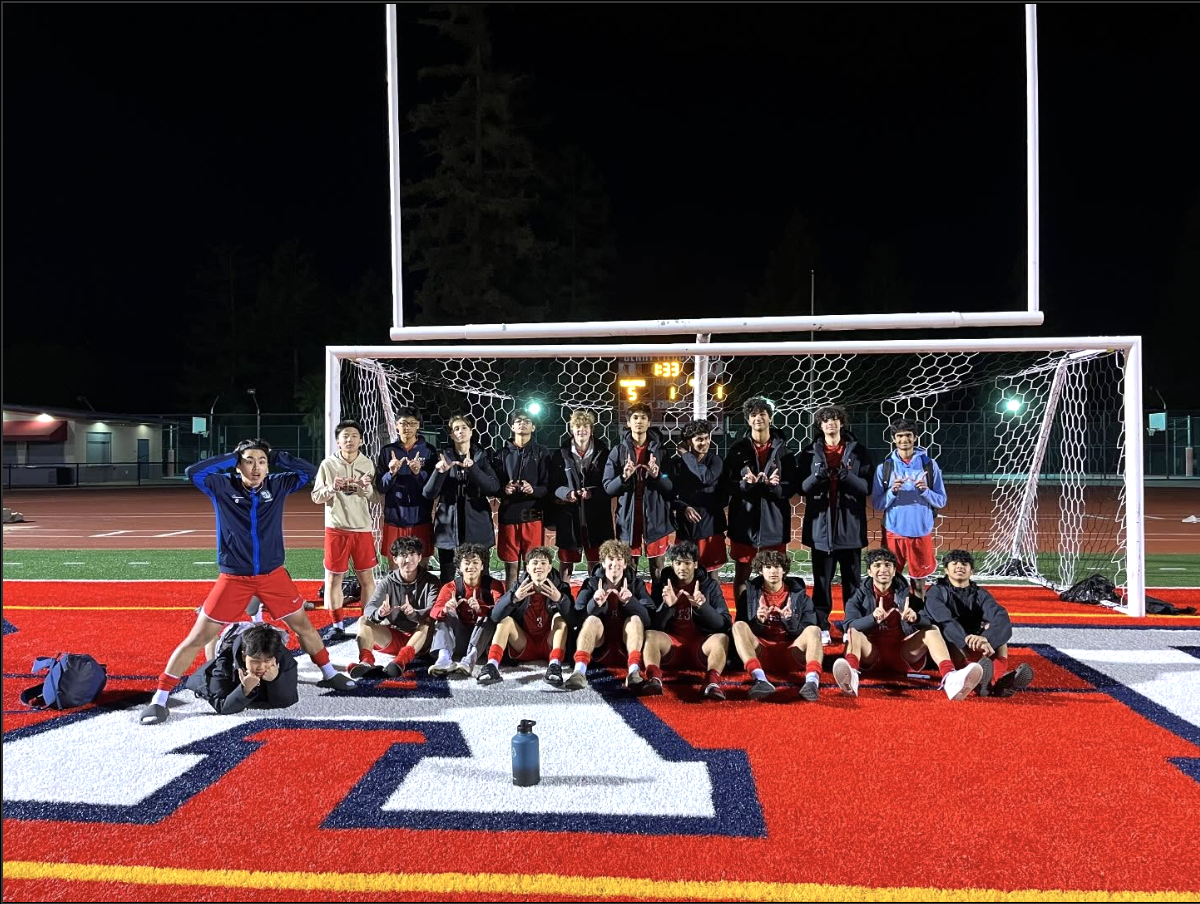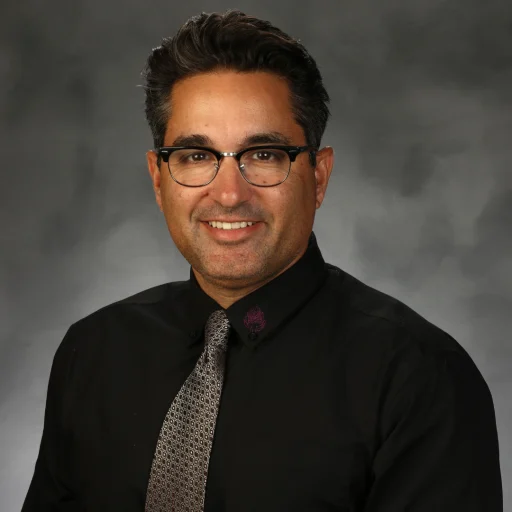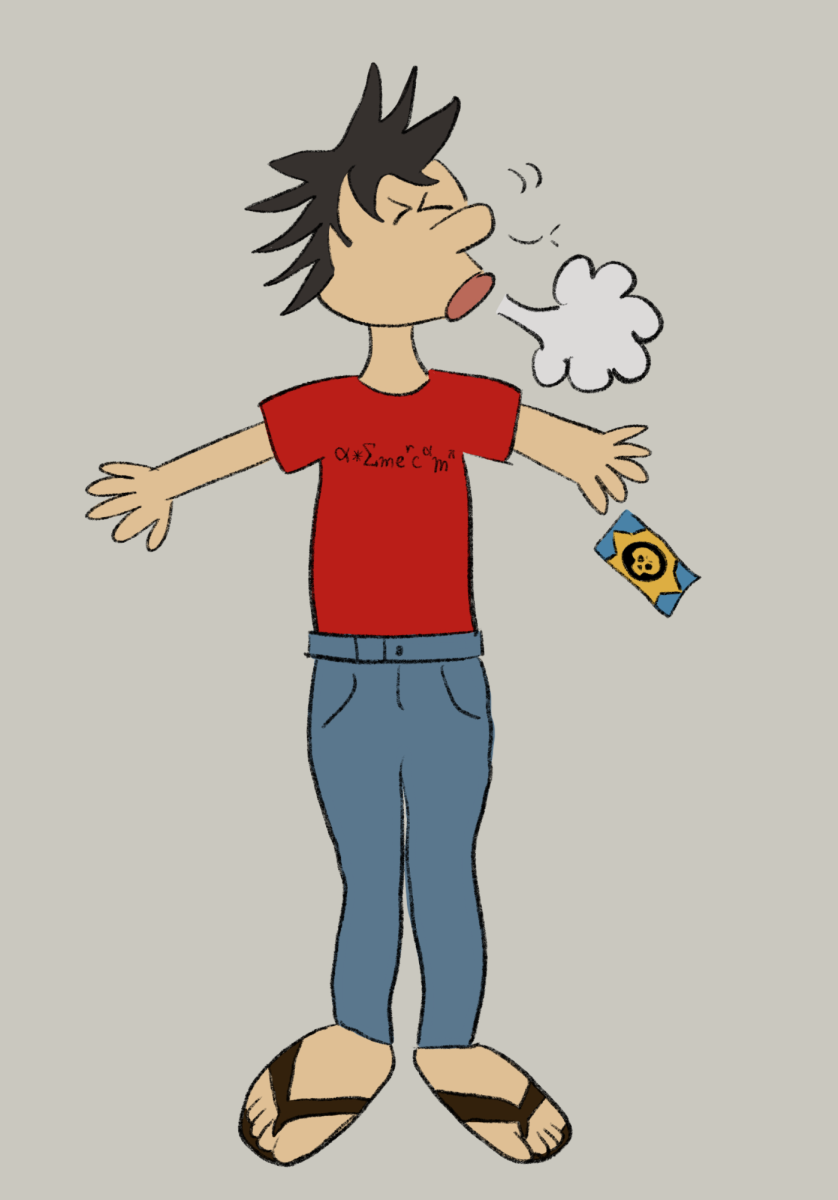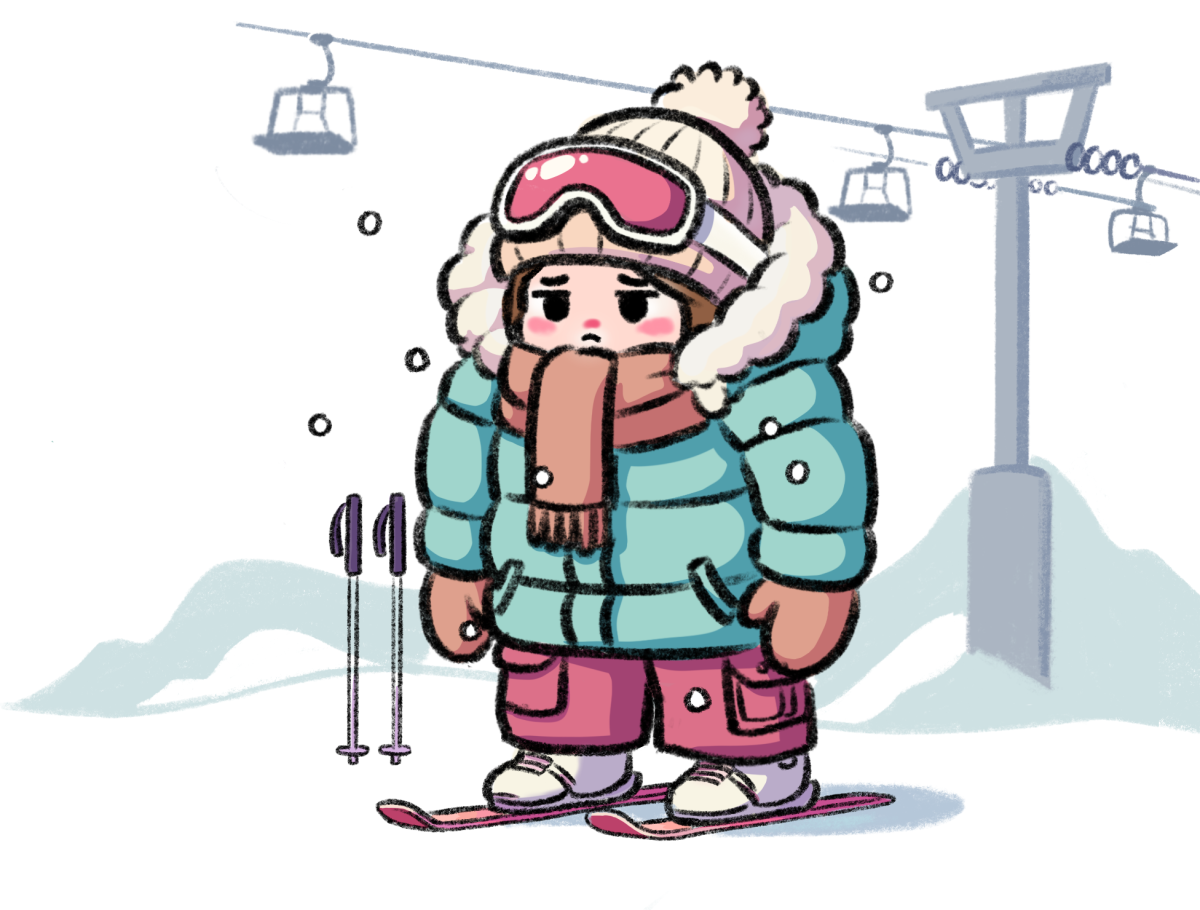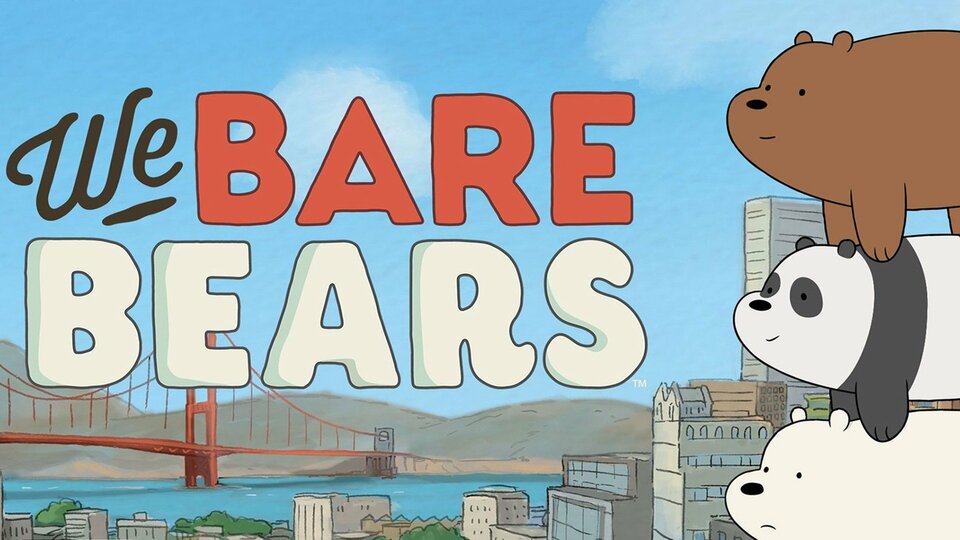Editor’s note: Finn and Roxanne are pseudonyms to protect the sources’ identity.
The glass bottle clinks softly against a stained countertop.
Quietly, Finn rises from his chair and finds his two younger siblings, gently guiding them away from their father. They have less than an hour before the alcohol takes effect.
He leads them to his room, their footsteps painfully loud in the dimly lit hallway. Behind them, a chair clatters against the floorboards.
Finn swallows, and manages to lock his door in time. The tension deflates as the soft click resonates in the quiet, and Finn sags against the door. He cannot count how many times he has felt it, how many times that click has allowed the fear to wash from his body.
His siblings’ wide eyes meet his, and for a second, Finn freezes. Sometimes, it’s easy to forget how young they are — how young he was when the drinking and the beating began. Neither of his siblings are older than 10, and while Finn does his best to shield them, it’s not always enough.
He’s frightened, he’s frustrated and he’s not alone.
According to the U.S. Department of Health and Human Services (HHS), over 3.5 million children were abused in the U.S. in 2017, up 10 percent from 2013. About 30.8 percent of those abused have caregivers with alcoholic tendencies.
HHS also found that in 2017, California alone had nearly 400,000 cases of reported child abuse. With an average of 54.6 cases per 1,000 people, it was the highest rate since 1999. These numbers are likely only the tip of the iceberg, as most cases go unreported.
In Finn’s case, the mental and physical abuse is chronic, an accepted staple of visiting his father, who has the right to see Finn every other week.
Finn’s past is marred by his parents’ divorce, the root of his problems with abuse. Though the maternal side of his family is caring, he said his paternal side despises him, blaming Finn for the divorce. Finn said his grandparents, who live with his father, often beat Finn and deprive him of food. His father, who began constantly drinking after the divorce, frequently argues with and beats both Finn and his siblings.
Victimes like Finn are likely to face a plethora of problems throughout their life, including susceptibility to abusing their own children, being abused by others and experiencing various health issues. Possible mental health concerns are troubling as well, as victims can have difficulties in future relationships, suffer from depression and contemplate suicide.
Many victims show trauma-related symptoms, such as anxiety or PTSD. Triggers can prompt them to flash back to the abusive situation, sometimes causing them to subconsciously check for exits and make sure escape routes are always available.
“Sometimes, I hear a certain sound that can set me off,” Finn said. “Usually, I wake up screaming and just think about what’s happened.”
Victims like Finn may reach for any way to temporarily escape the traumatic memories, including turning to drugs and alcohol. Sometimes, they may contemplate more drastic, permanent options.
“It f***ing sucks,” Finn said. “I wish I could end it all.”
Abuse doesn’t discriminate by location. While numbers may be lower, cases of child abuse often go unreported due to shame or some sense of loyalty to loved ones.
Healthychildren.org, an organization powered by pediatricians, notes that in many cases, abuse tends to cycle from generation to generation — it’s the abuser doing what’s been done to them. Especially when drugs or alcohol play a part, a switch is flipped, instantly turning the parents from caring to abusive.
“My father is only bad when he drinks,” Finn said. “But he can be chill when he doesn’t drink.”
Finn said that beneath the pain and the drinking, there is an easygoing father who cares. At the same time, Finn’s grandparents, who are also physically abusive, still apologize for their behavior. In their eyes, Finn’s father, the child who they once doted upon and loved, is slowly rotting away.
Finn has seen how his grandparents’ pain and sadness for their son quickly turn into anger directed at the easiest person to blame: him.
“My parents and grandparents make it seem like I’m the fault for all their problems,” Finn said. “But if they hit me, they apologize right after.”
CASSY, the school’s counseling service, actively tries to help victims of abuse and a wide range of other issues through their ordeals. Therapists are a conduit to help, a way for students to let their conflicting feelings loose.
However, CASSY’s job isn’t to investigate the circumstances — the counselors’ job is to help the victims come to terms with their situation and, if needed, report to a higher organization.
But victims often consider counseling services like CASSY an intrusion into their lives. They hesitate to involve an outside influence in something deeply personal. Finn is one among many students who say they don’t want CASSY’s interference.
“I try to keep it on the low, so it’s not out there,” he admitted.
While CASSY therapists keep much of what students confidential, in cases of physical or sexual abuse, they are mandated to report the abusers to authorities. The same is true for any public employee such as a teacher, administrator, coach or any classified staff member.
Roxanne is a victim of domestic violence who has used CASSY’s services. She was physically abused and threatened after her father grew angry that she got a B in a math class. After Roxanne showed signs of anger during school, a teacher referred her to CASSY. In turn, CASSY counselors had to report her situation to Child Protection Services (CPS).
“My father threw things at me, choked me, threw me into my room, and threatened to kill me,” Roxanne said. “He took all my electronics.”
At the time, Roxanne wasn’t aware of what school employees were required to report, and she opened up completely to the CASSY counselors. They forwarded a notification to CPS.
“I felt kind of bad back then,” Roxanne said. “But looking back, I realized it was a good thing that CPS was contacted.”
Following these incidents, Roxanne refused to come home and chose to stay with her aunt instead. CPS agreed to her decision, contacting her and her parents separately. Her parents were given one strike. On the second strike, she and her sister would be placed into foster care.
“They were really nice. They were really concerned about what happened,” Roxanne said. “They were open to both sides of the story and even pulled out my sister to see her point of view.”
Years have passed since the incident, and she sees her decision to reach out to CASSY as a good one.
“There’s no more violence, but my parents and I have become a lot more distant since then,” Roxanne said. “Don’t feel afraid to reach out, I know the therapists’ strangers, and your parents could get in trouble, but your safety and your siblings’ should come first.”
CASSY counselors stress that the required call symbolizes a tangible route to solving a problem, encouraging victims of abuse to take steps forward.
“Sometimes, I’ll have victims call Child Protective Services with me,” CASSY therapist Sarah Lauterbach said. “That empowers them because they know what it’s like to call that agency, and it takes some of the scariness away from it.”
Revealing their abuse to a third party such as CPS can incite a fear that the victim will be ripped away from their family, a solution the victim often wants to avoid. But more often than not, Lauterbach said, those fears are unfounded.
It’s only in extreme cases, Lauterbach said, such as a child’s life being in imminent danger, that CPS will take a child out of the home. Even then, if a child is removed from their home, they are often put into a relative’s custody rather than foster care. Lauterbach herself has never had CPS remove a child from their home.
In most cases, a social worker will meet with the involved parties and offer resources such as alcohol recovery services or anger management classes.
“That’s such a scary situation for all involved, and you never want to call CPS to remove a child,” Lauterbach said.
There are times when the solutions may not work, whether it be out of ineffectiveness or contempt from parents. Adults may even retaliate against their child, angry at the unspoken pact of silence being broken. Often, Lauterbach finds that the parent chooses to ignore the offered solutions and to do nothing about the situation.
“I really want the child to tell me if they’re being retaliated by the parents because that’s not okay,” Lauterbach said.
In those cases, CPS continues to visit the parents, each time escalating their intervention levels. In two-parent households, another parent sometimes chooses to force an abuser out of the house and their lives.
Despite the support from counselors and outside services, it can be far easier said than done to leave these volatile situations or even progress toward change. CASSY counselors have found that family and blood ties will often be stronger than the sense that there’s a desperate need for change.
As the National Coalition Against Domestic Violence notes, there’s also the fear of standing out as the victim. There will always be those who feel incredibly sorry for the victim, and those who doubt the abuse ever happened. It’s far easier for victims to assimilate and be another face in the crowd. But nothing will change if they do not reach out for help.
“CASSY is a safe space for someone who’s going through abuse to get help,” Lauterbach said. “The biggest intervention is done by them coming and speaking about it.”











